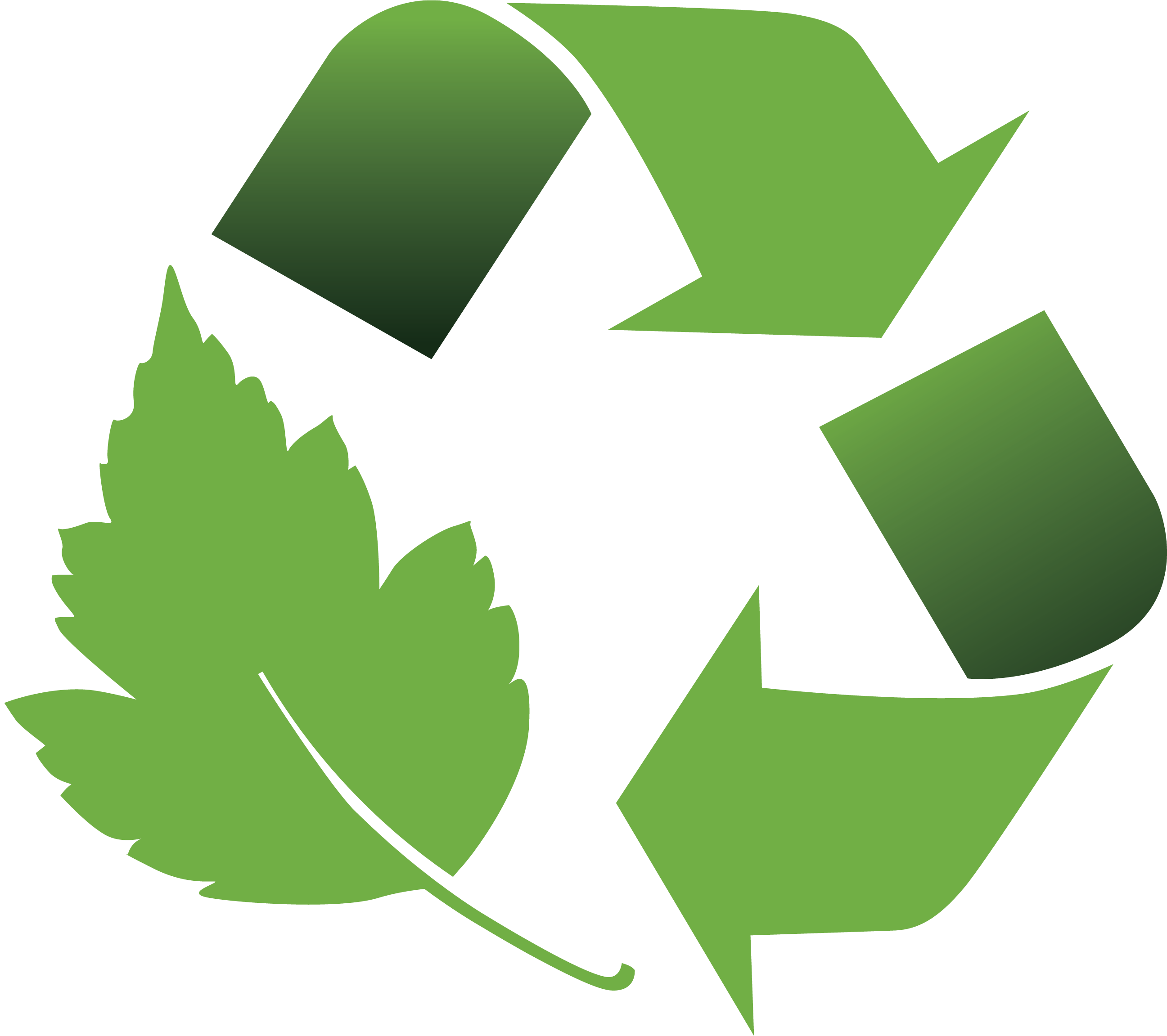Cost of Corrosion

Corrosion’s Constant Presence
According to a 1998 report from NACE International, metallic corrosion in the United States costs $415 billion dollars annually. This amounts to 2.1% of the U.S. GDP (figures adjusted for inflation) - that’s a staggering number.
So where does corrosion occur?
Everywhere.
The public and private sectors all too often succumb to corrosion due to a lack of foresight or an overwhelming amount of variables stacked against them. The more exposed metal is to the elements, the quicker it corrodes. This leaves infrastructure, telecommunications equipment and automobiles particularly vulnerable. However, corrosion occurs in many places other than “out in the open”.
Let’s narrow our scope a bit…
Micro-Corrosion
Of course corrosion on a macro-scale amounts to immense costs, but what about corrosion on a micro-scale? Can the corrosion of household goods such as silverware and jewelry really be that costly?
If you’ve ever owned a piece of silver jewelry - or had in your possession a set of genuine silverware/flatware – then you’ve seen firsthand that corrosion is nearly inevitable. While the majority of macro-scale corrosion occurs due to moisture, humidity and salt, the very atmosphere itself causes micro-scale corrosion. As you can see, this is problematic.

Most think of micro-corrosion (tarnish) as a mere inconvenience. Jewelry and silverware darken over time, and this requires buffing and polishing. However, the majority doesn’t realize that buffing and polishing silver causes it to tarnish more quickly than before. What’s more, if micro-corrosion (tarnish) is left unchecked for too long, the degradation cannot be repaired.
So how expensive can micro-corrosion really be...?
Corrosion’s Costs: The 3 R’s

Repairs
- Jewelry
- Silverware
- Coins
- Candlesticks
- Antiques/Family Heirlooms
If any of these types of valuables succumb to tarnish, the most viable option is repair or removal. While the average homeowner can purchase polishing cloths and “tarnish removing” solutions, these treatments are often ineffective.
Furthermore, much of the DIY “Remove Tarnish With These 3 Household Materials!” content that populates on Google and Youtube searches entices viewers to place their silver in potentially harmful solutions that could completely compromise the integrity of the silver.
The only suggested method of “removing” tarnish is to take it to an experienced and licensed jeweler. Besides the experts with proper equipment and know-how, you should be hesitant to place your silver objects in contact with any extraneous materials or solutions.
Whether you’re directly paying an expert or paying indirectly for ruining your own silver with a flawed DIY method - repairs are costly.
Replacement
Once corrosion (micro or macro) has occurred, the process cannot be undone. While it is true that tarnish can be negated for a period of time with proper treatment, extensive tarnish will result in the complete degradation of your valuables. If the object in question is a family heirloom or an antique, than the cost of corrosion is immeasurable. After all, there are certain things that simply cannot be replaced.
If the object is of less sentimental importance, but more of financial consequence, than the costs of replacement can be extremely overwhelming.
It would be nearly impossible for me to place an accurate price range on the value of the silver valuables that you may have in your home. With that being said, we suggest performing a personal account of your valuables and taking note of what it would cost to replace them in the event that they’re overcome by corrosion. Replacement is almost always costly.
Reputation
While the first two R’s relate to silver owners, the third R – Reputation – relates to retailers and manufacturers. These two groups of professionals undoubtedly have experience with micro-corrosion and are most familiar with its costs.

If a manufacturer’s silver products are corroded by the time they reach their wholesale/retail destination, you can imagine the unhappiness of the supply chain. Tarnished metals need to be cleaned before they can be sold to consumers, or may potentially require replacement all together (depending on the extent of their corrosion).
If a retailer’s stock of silver products tarnishes, than the retailer has one of two problems:
- They need to spend an excessive amount of time cleaning their jewelry.
- They don’t notice until it’s too late, and hand a soon-to-be unhappy customer a tarnished good.
A negative reputation is a cost that’s unquantifiable.
Consumers desire silver for its brilliance. If tarnished silver goods end up in wholesale or in the hands of an end-user, than your reputation is at stake.
Prevention: The Ideal Corrosion Solution
Of course, because corrosion and metallic degradation is a natural process, it’s not something that can be eliminated all together. However, there are certainly ways in the costs of corrosion can be drastically reduced. Choosing the proper method of corrosion prevention (anti tarnish) is a vital part to the process.
Intercept™ Silver & Jewelry Care Co. provides long-term, corrosion prevention protection for valuables such as silverware and jewelry. Its patented technology helps silver owners and retailers alike to avoid corrosion’s costs. What’s more, it offers this 100% sustainable and 100% recyclable protection at costs comparable with that of more traditional (yet drastically ineffective) methods.

The best defense is always a good offense – and that’s why Intercept™ Silver & Jewelry Care Co.’s range of anti tarnish bags and pouches are the ideal solution to the costs of corrosion.




